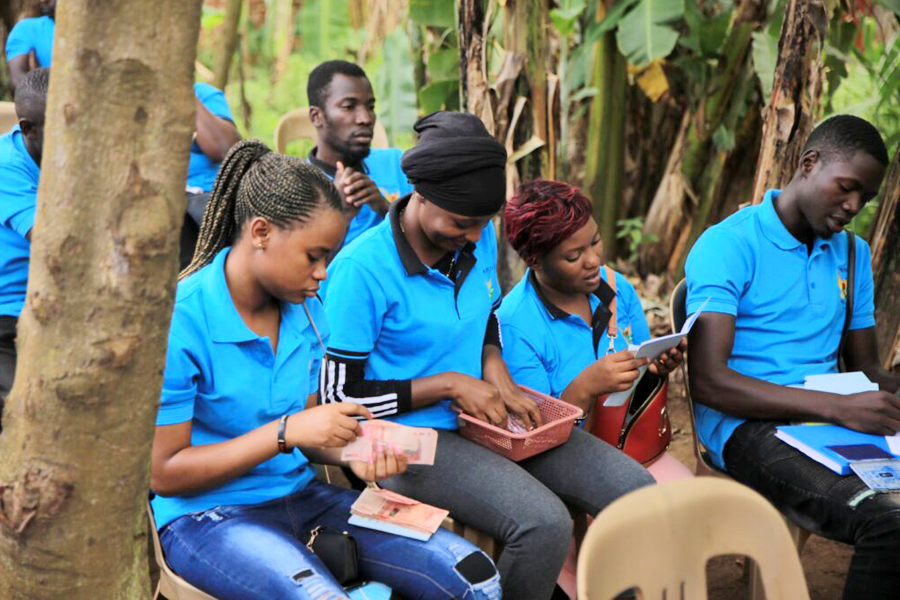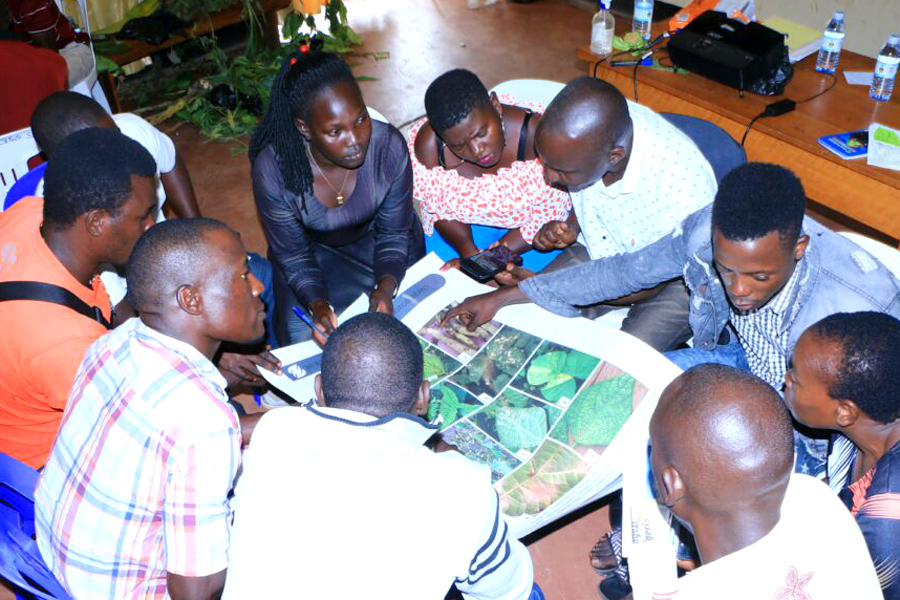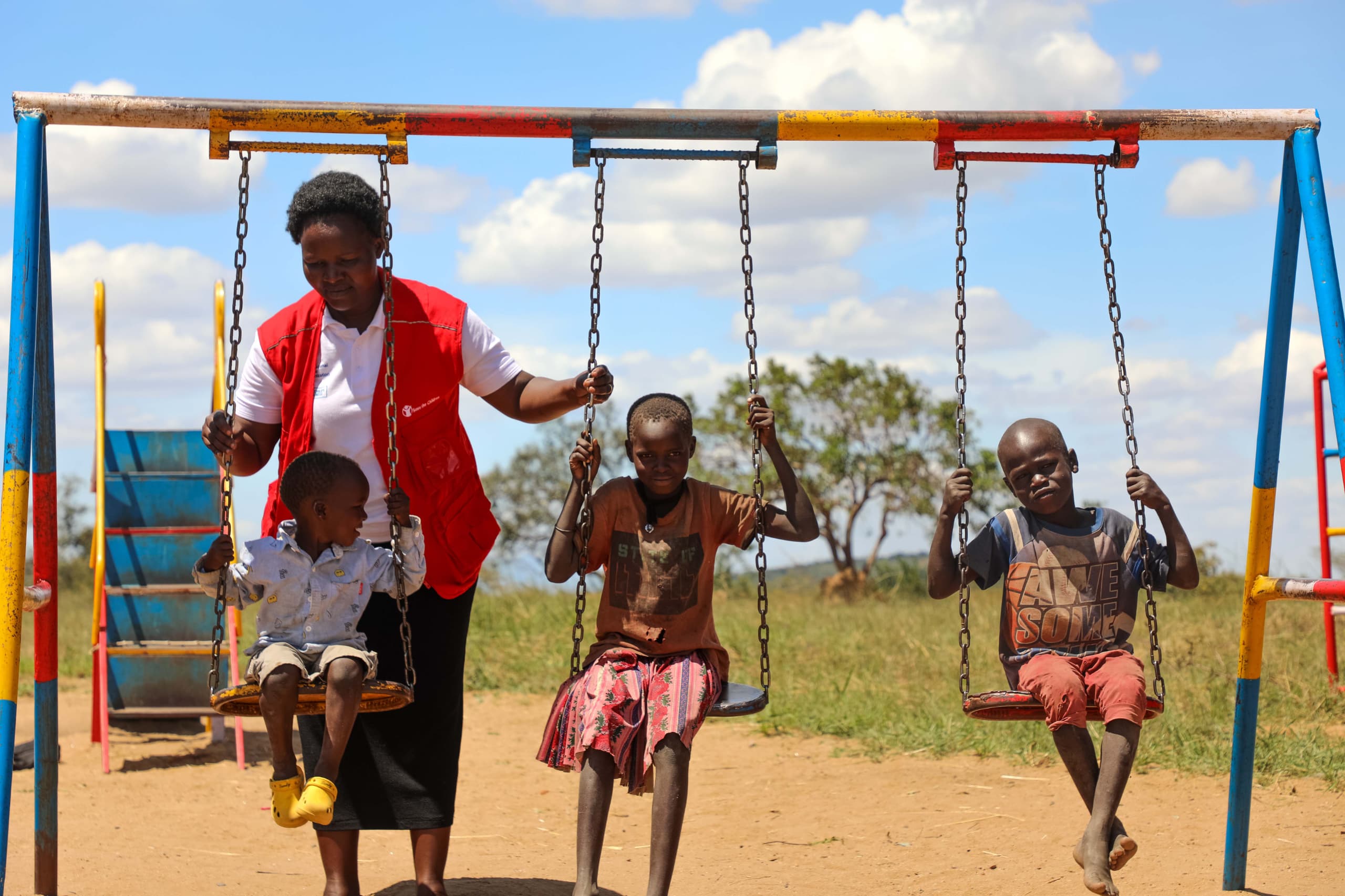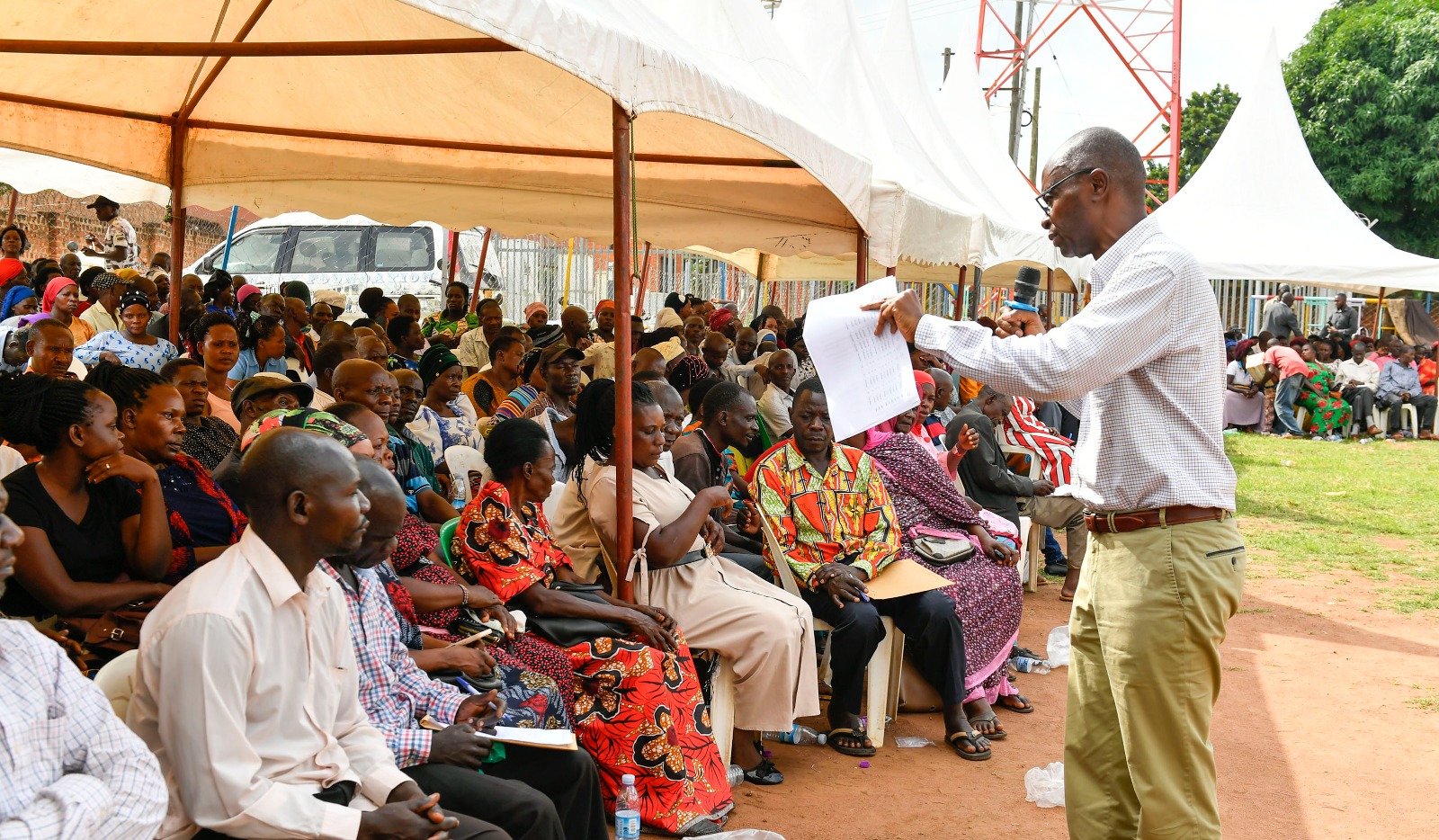Youth empowerment: Why many govt programmes may not be as effective

Youth empowerment programs play a crucial role in shaping the future of nations by harnessing the potential of young people and equipping them with the skills and opportunities they need to succeed.
In Uganda, like in many countries, such programs are vital for addressing unemployment, fostering innovation, and building a prosperous society.
However, there are critical areas where these programs can be improved to maximize their impact and reach.
Loopholes in current programmes
One significant loophole in many youth empowerment programs is the lack of sustained support beyond initial training or funding. Many programs focus on short-term interventions without considering the long-term sustainability of youth ventures or careers. Additionally, limited access to capital, inadequate infrastructure, and insufficient mentorship opportunities hinder the growth of youth-led initiatives.
Challenges affecting youth
Several challenges affect youth empowerment efforts in Uganda. High unemployment rates, especially among urban youth, lack of access to quality education and vocational training, limited financial resources, and a gap in entrepreneurial skills are some of the key challenges.
Additionally, societal barriers, such as gender inequality and discrimination, further compound these challenges for many young people.
Showcasing successful programmes
Successful youth empowerment programs worldwide provide valuable insights into what works. For example, initiatives that combine education with practical skills training and mentorship have shown remarkable success.
Countries like South Korea, Singapore, and Finland have robust vocational training programs that align with industry needs, leading to high employability among youth.
Where government falls short

The Ugandan government's youth empowerment programs face criticism for their limited scope, inadequate funding, and lack of coordination across sectors.
Many programs lack a clear focus on entrepreneurship and fail to address the specific needs of marginalized youth, including those in rural areas and with disabilities.
Involving more youth in self-development projects
To involve more youth in self-development projects, a multi-faceted approach is needed. This includes:
1. Access to resources:
Providing affordable access to capital, technology, and market opportunities for youth-led enterprises.
2. Mentorship and training:
Implementing mentorship programs and practical training in critical areas like digital literacy, financial management, and business development.
3. Networking and Collaboration
Facilitating networking platforms and partnerships between youth organizations, private sector entities, and educational institutions.
4. Policy Support:
Enacting policies that create an enabling environment for youth entrepreneurship, innovation, and employment generation.
Youth's Biggest Needs and Government Response

One of the biggest needs among youth is access to quality education and training that aligns with market demands.
While the government has made efforts to improve educational infrastructure and introduce vocational training programs, more targeted interventions are needed.
This includes revising curricula to include practical skills, strengthening career guidance services, and incentivizing private sector engagement in skills development.
Moving Forward: Recommendations for Government Action
To enhance the success and impact of youth empowerment programs, the Ugandan government should consider the following actions:
1. Comprehensive Approach:
Develop integrated youth empowerment strategies that address education, skills training, mentorship, and access to markets.
2. Monitoring and Evaluation:
Implement robust monitoring and evaluation mechanisms to track the effectiveness of programs and make data-driven decisions.
3. Partnerships:
Forge partnerships with private sector companies, NGOs, and international organizations to leverage resources and expertise.
4. Inclusive Policies:
Ensure that policies are inclusive, gender-responsive, and consider the needs of marginalized youth groups.
5. Youth Participation:
Actively involve youth in the design, implementation, and evaluation of programs to ensure relevance and impact.
In conclusion, youth empowerment is not just a social responsibility but also an economic imperative.
By addressing the loopholes in existing programs, understanding youth challenges, showcasing successful models, and taking targeted actions, the Ugandan government can significantly enhance the success and impact of its youth empowerment initiatives, paving the way for a brighter future for young people and the nation as a whole.













